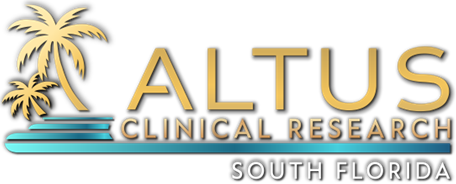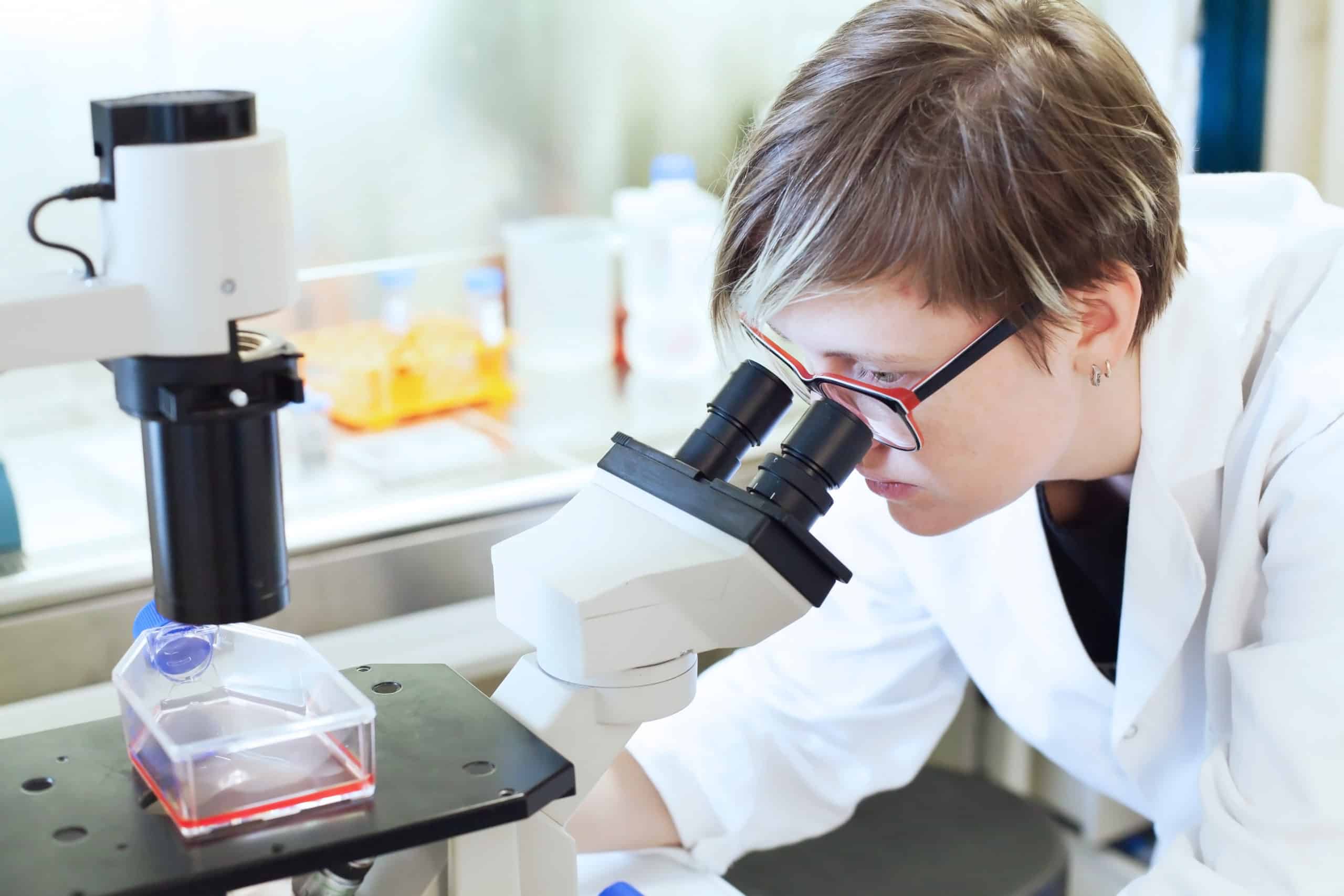A clinical trial is a type of research performed to study the safety and efficacy of a new drug, treatment, or test. It’s just one step in determining the usefulness of a new device or drug. Usually, it starts by spending years on laboratory tests on animal and human cells. If successful, the researchers send the data to the Food and Drug Administration (FDA), who will approve the next step: clinical trials on humans. Clinical trials usually have four steps or phases, and the researchers have to submit their data to the FDA at the end of each phase and wait for their approval before starting the next phase. Here’s what to know about each phase.
Phase I
The first phase of a clinical trial has the goal of evaluating how safe a new drug, device, or treatment is. Phase I takes several months to complete, and researchers will typically work with a small group of healthy, paid volunteers in numbers of about 20 to 100. The scientists study the effects of the drug or device on the human body with special attention to any side effects. About 70 percent of experimental drugs pass Phase I.
Phase II
Phase II is usually concerned with studying the efficacy of a new drug or device. It involves a bigger pool of several hundred subjects and can take up to two years to complete. Most Phase II trials are randomized trials in which one group of participants is given the drug while a control group is given a placebo. Many such trials are also “blinded,” which means neither the scientists nor the subjects know who was given the experimental drug and who is given the placebo. These precautions enable researchers to send comparative information about the experimental drug’s effectiveness and safety to both the FDA and the pharmaceutical company. About 1/3 of experimental drugs pass Phase I and Phase II.
Phase III
Phase III continues many of the investigations begun during the earlier phases, and it provides the pharmaceutical company and the FDA with more information about the drug’s effectiveness and any possible adverse reactions. The investigators work with several hundred to several thousand volunteers, and the study can last for several years. Roughly 70 to 90 percent of drugs that make it to Phase III successfully complete it. After completing Phase III, the pharmaceutical company can ask the FDA for approval to market its drug.
Phase IV
Phase IV is also often called a “Post Marketing Surveillance Trial.” Pharmaceutical companies hope to learn several things during Phase IV. First off, they want to learn how the drug compares to similar drugs already being sold. Similarly, they want to compare the cost-effectiveness of the drug to that of other drugs and therapies already available. The researchers also want to see how well the drug works over the long term, and how it affects a patient’s quality of life. The findings from a Phase IV study can lead to restrictions being put on a drug’s use or to it being taken off the market altogether.
Contact Altus Research
If you’re interested in learning more about research studies or even participating, we invite you to contact our Lake Worth office by calling or filling out our online form.


